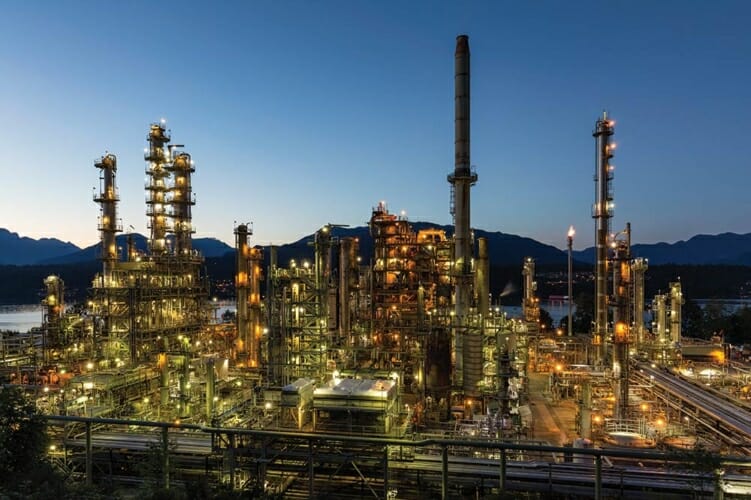January 7, 2017
- Oil & Gas
- Canada
- Chemicals
Degassing and Decontamination of a Crude Unit

This was the first vapour-phase application where the entire crude unit was to be degassed and decontaminated simultaneously.
Previously, the client had broken down the unit into separate individual stages with each degassing operation taking place over 48-hours. Our process took 24-hours total; saving one day of outage time over an individual stage, and several days on a cumulative basis.
The crude unit scope consisted of the following major equipment and all interconnecting piping:
Crude Column
- Crude Heater
- Crude Column
- Kerosene Stripper
- Diesel Stripper
- Crude Overhead Receiver
Vacuum Column
- Vacuum Heater
- Vacuum Column
- Ejector Vapour Knock-out Drum
Debutanizer & Splitter
- Debutanizer Column
- Debutanizer Overhead Receiver
- Splitter Column
- Splitter Overhead Receiver
- Crude Overhead Receiver
Others
- Kerosene Water Settling Drum
- Desalter Water Drum
- Debutanizer Charge Drum
- Compressor Suction Drum
- Skimmed Naphtha Drum
FQE® Solvent-H was injected into the crude column and vacuum tower during the vapour phase as part of the preliminary decontamination in order to target the heavy oils and sludge. Immediately following this initial injection, the remainder of our degassing chemistry was injected as per the engineered procedure.
Twenty-four hours after initial injection, all equipment in the crude unit was successfully degassed using this method with no LEL’s arising from light end hydrocarbons or hydrogen sulfide present on analysis. Furthermore, upon breaking containment there was no iron sulfide scale combustion encountered.
Manpower designated for vessel entry entered without any delays, minimum PPE, and no additional expenses were required for supplied air operations.
Performing this simultaneous decontamination and degassing, saved this client over 5 times the amount of chemistry that would otherwise be required to perform a traditional, liquid circulation decontamination.
Highlights
5x less chemistry required compared to traditional decontamination
No additional expenses associated with supplied air and associated PPE for manpower vessel entry
Reduced schedule over traditional cleaning method